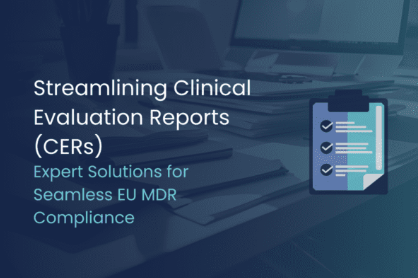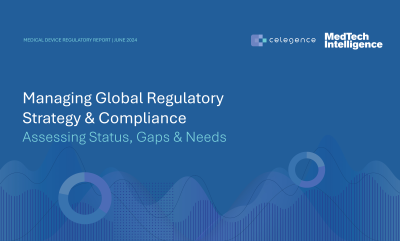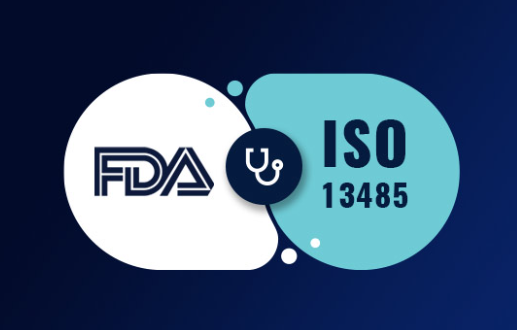
Computerized Maintenance Management System (CMMS) software can be a vital tool for life sciences manufacturers in maintaining compliance with regulatory requirements.

Computerized Maintenance Management System (CMMS) software can be a vital tool for life sciences manufacturers in maintaining compliance with regulatory requirements.

Overcoming 21 CFR compliance challenges – stringent equipment maintenance requirements, overwhelming documentation demands, the need to maintain data integrity. Insights into challenges healthcare organizations face with compliance and how to incorporate new tools and processes for streamlining maintenance processes, reducing compliance burdens, and ensuring the highest standards of safety and efficiency.

EU MDR and IVDR have created many new challenges for medical writing and regulatory affairs professionals. An increased workload, combined with the scarcity of expert resources, makes it essential to find innovative solutions that maintain efficiency and prevent burnout among highly skilled teams. How does use of technology help? AI-driven tools and automations enhance productivity,…

With numerous planned submissions underway for 2024, the new platform is setting a new standard for managing simultaneous submissions to multiple national regulatory authorities, paving the way for a much anticipated fully digital, single global dossier.

Medical device companies are aiming to optimize their Clinical Evaluation Report (CER) submissions and streamline compliance process. How are RA teams putting together practical strategies for improving efficiency, reducing risk, and staying compliant with MDR regulations?

An April 2024 survey of medical device regulatory professionals illustrates potential regulatory fatigue. See how resource constraints, ever changing global policy, and an underutilization of technology/digital process are impacting internal burden and fatigue and where implementing new regulatory strategies, upgrading organizational expertise, adding outsourced regulatory services are helping teams cope.

MTI Regulatory Report 2024 data overwhelmingly suggests regulatory resources throughout the industry are being stretched. Time/Bandwidth is the top medical device regulatory challenge faced during 2024, potentially leading to industry-wide regulatory fatigue and driven by changing global compliance regulations in recent years.

Recently, biocompatibility consultant, MedTech enthusiast and chemist, Marina Daineko, shared a series of LinkedIn posts defining, medical device biocompatibility and the need for a Medical Device biological risk assessment “framework.” Following is a reposting of Marina’s original LinkedIn series.

nsuring the safety and efficacy of medical devices/IVDs is paramount in the healthcare industry. This critical objective is achieved through comprehensive risk management practices, and two key frameworks play a crucial role: ISO 14971:2019 and the FDA Quality Management System Regulation (QMSR). This essay explores their individual contributions and how they work synergistically to enhance medical device safety.

Navigating the conformity assessment process – examination of a manufacturer’s technical documentation and quality management system – requires a thorough understanding of the different routes and options available for various risk classifications of medical devices and IVDs, while knowledge of the conformity assessment process helps manufacturers prepare effectively and manage expectations. This blog offers guidance for creating successful conformity assessments.